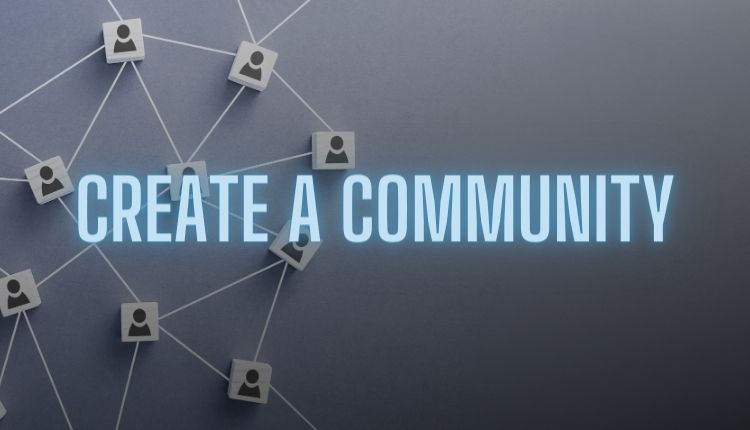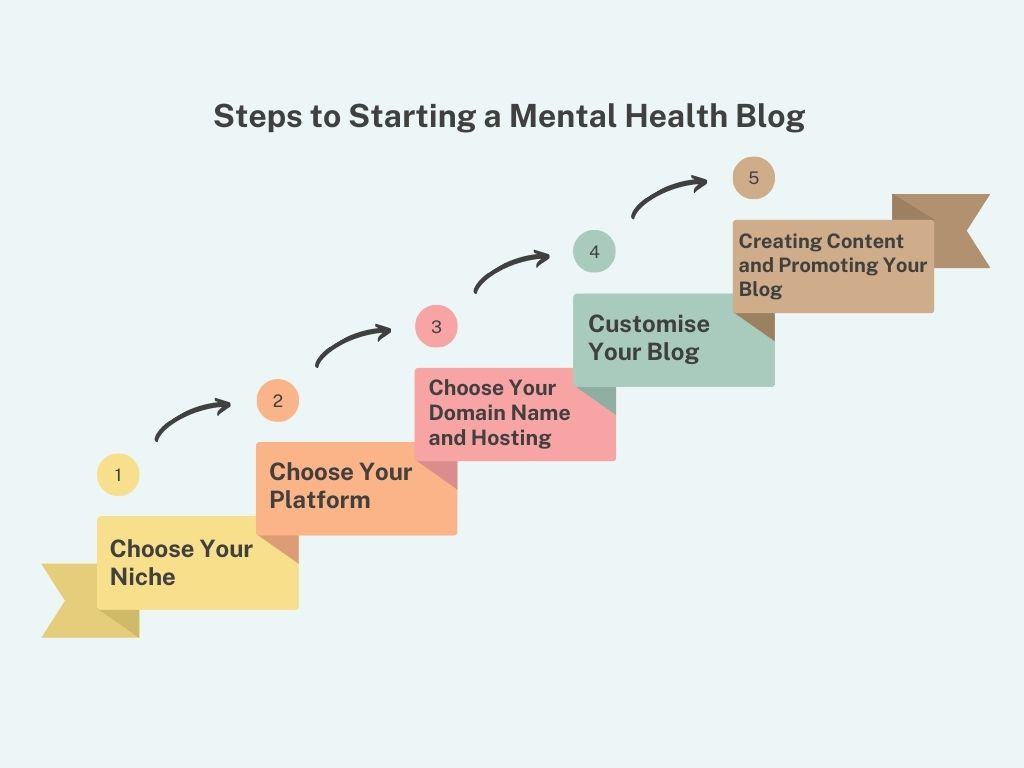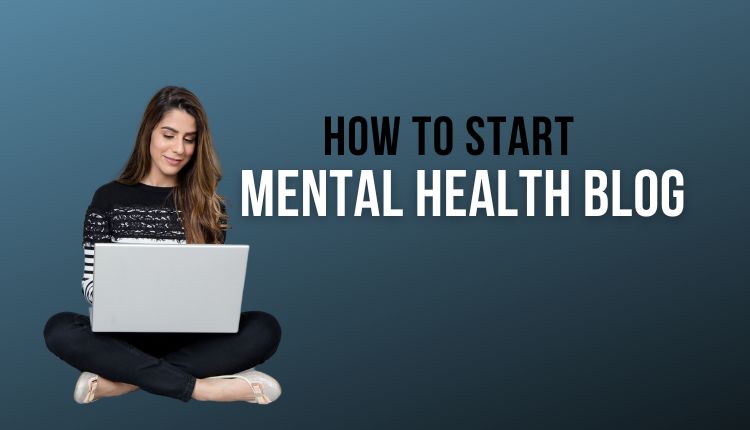how to start a mental health blog
Mental health is a topic that has gained more attention over the years. It’s no longer a taboo subject, and more people are seeking help and support. As a result, there’s a growing demand for mental health resources online. One effective way to address this demand is by starting a mental health blog. In this article, we’ll explore how to start a mental health blog and provide tips for making it successful.
Why Start a Mental Health Blog?
Before we dive into the practical steps of starting a mental health blog, let’s first discuss why it’s essential to start one. Mental health blogs can provide support and encouragement to those who are struggling with mental health issues. They can help reduce stigma around mental health and promote a culture of openness and acceptance.
Blogging can also be a form of therapy. Writing about your experiences can be therapeutic and cathartic, and it can also help you connect with others who have similar experiences. It’s an excellent way to use your own experiences to help others.
Starting a mental health blog can also be a way to create a community. You can connect with others who are passionate about mental health and work together to make a difference. Blogging can be a powerful tool for social change, and it can help you build a platform to raise awareness about mental health issues.

Steps to Starting a Mental Health Blog
Now that we’ve established the importance of starting a mental health blog, let’s dive into the practical steps you need to take to get started.
Choose Your Niche
The first step in starting a mental health blog is to choose your niche. What specific area of mental health do you want to focus on? There are many different aspects of mental health, and you need to decide which one you want to concentrate on.
For example, you might want to focus on anxiety, depression, bipolar disorder, or eating disorders. Alternatively, you could focus on mental health for specific populations, such as children or the LGBTQ+ community. Choosing your niche will help you create a more focused blog and attract a more targeted audience.
Choose Your Platform
Once you’ve decided on your niche, you need to choose a blogging platform. There are many different blogging platforms available, and each has its own pros and cons.
Some of the most popular blogging platforms include WordPress, Blogger, and Tumblr. WordPress is a popular choice because it’s easy to use, has a wide range of plugins and themes, and is highly customizable. Blogger is another popular choice because it’s owned by Google and is straightforward to set up. Tumblr is a microblogging platform that’s great for short-form content and is very visual.
When choosing a platform, consider your goals and the features you need. For example, if you want to create a highly customised blog, WordPress might be the best choice. If you want to focus on short-form content and visuals, Tumblr might be a better option.

Choose Your Domain Name and Hosting
Once you’ve chosen your platform, you need to choose your domain name and hosting. Your domain name is the web address people will use to find your blog, and hosting is the service that allows you to store your blog on the internet.
When choosing your domain name, choose something that’s easy to remember and reflects the focus of your blog. Your domain name should be short, catchy, and easy to spell.
When it comes to hosting, there are many different options available. Some of the most popular hosting providers include Bluehost, HostGator, and SiteGround,Cloudways. Consider your budget, the features you need, and the level of support you require when choosing your hosting provider, Your best choice for beginning is Cloudways.
Cloudways is a web hosting company that specialises in managed cloud hosting. They offer a variety of hosting plans, including options for WordPress, WooCommerce, Magento, and more. Some of the potential benefits of using Cloudways hosting include:
- You can start for free and get a 3-day trial without credit card.
- Scalability: Cloudways allows users to easily scale their hosting resources up or down based on their website’s needs.
- High performance: Cloudways uses a combination of caching, content delivery networks, and optimised servers to deliver fast website performance.
- Multiple cloud providers: Cloudways allows users to choose from multiple cloud providers, including Amazon Web Services (AWS), Google Cloud Platform (GCP), and DigitalOcean.
- User-friendly interface: Cloudways offers a user-friendly interface for managing hosting accounts, with features like 1-click backups, staging sites, and more.
- Good customer support: Cloudways provides customer support via live chat, email, and phone. They also have a knowledge base and community forum for self-help.
When evaluating Cloudways or any other hosting provider, it’s important to consider factors such as pricing, scalability, performance, user interface, and customer support. It can also be helpful to read reviews and testimonials from current or former users to get an idea of their experiences with the hosting provider.
Customise Your Blog
Once you’ve chosen your platform, domain name, and hosting, it’s time to customise your blog. This is where you can add your personal touch
- Customising your blog is an essential step in creating a unique and personalised website. You want to create a visual representation of your brand and your blog’s niche. Some things to consider when customising your blog include:
- Theme: Choose a theme that represents your niche and is visually appealing. You can find free and paid themes on platforms like WordPress and Blogger.
- Colors: Choose colors that are visually pleasing and complement your blog’s theme. You can use a tool like Adobe Color to help you choose colors that work well together.
- Logo: Create a logo in fiverr that represents your blog’s brand. It should be simple, visually appealing, and easily recognizable.
- Header image: Choose a header image that reflects your blog’s niche and is visually appealing. This is the first thing people will see when they visit your blog, so make it count.
- Fonts: Choose fonts that are easy to read and complement your blog’s theme. Stick to one or two fonts to keep your blog’s design consistent.
Creating Content
Now that you’ve set up your blog, it’s time to start creating content. Content is the most crucial aspect of your blog, and it’s what will keep your readers coming back. Some things to consider when creating content include:
- Determine your content strategy: Decide on the type of content you’ll create and how often you’ll publish it. Will you publish long-form articles, short-form content, or a mix of both? Will you post daily, weekly, or monthly?
- Create a content calendar: Use a content calendar to plan out your content and ensure you stay on track with your publishing schedule.
- Write quality content: Make sure your content is informative, engaging, and relevant to your niche. Write in a clear and concise manner and provide actionable advice that your readers can use.
- Use visuals: Incorporate visuals like images, videos, and infographics into your content. This will make your content more engaging and shareable.
- Engage with your readers: Encourage your readers to leave comments and engage with your content. Respond to their comments and start a conversation.

Promoting Your Blog
Promoting your blog is essential to attract readers and grow your audience. Some things to consider when promoting your blog include:
- Social media: Use social media platforms like Twitter, Instagram, and Facebook to promote your blog. Share your blog posts, engage with your followers, and use relevant hashtags.
- Guest posting: Write guest posts for other blogs in your niche. This will help you reach a new audience and drive traffic back to your blog.
- Collaborations: Collaborate with other bloggers in your niche. This could be through a guest post exchange, a joint webinar, or a social media collaboration.
- SEO: Optimize your blog for search engines. Use relevant keywords, meta tags, and internal linking to improve your search engine rankings.
- Email marketing: Build an email list and use email marketing to promote your blog. Send out newsletters, exclusive content, and updates to your subscribers.
Conclusion
Starting a mental health blog can be a fulfilling and rewarding experience. It allows you to help others, connect with like-minded people, and create a community. By following the steps outlined in this article, you can create a successful mental health blog that provides value to your readers and promotes mental health awareness. Remember to choose your niche, platform, and hosting, customise your blog, create quality content, and promote your blog to grow your audience.
FAQs
Why should I start a mental health blog?
Starting a mental health blog can help reduce stigma around mental health and promote a culture of openness and acceptance. Blogging can also be a form of therapy and an excellent way to use your experiences to help others. It can create a community, connect you with others who are passionate about mental health, and help you build a platform to raise awareness about mental health issues.
What are the steps to starting a mental health blog?
The first step is to choose your niche, deciding which specific area of mental health you want to focus on. The second step is to choose a blogging platform that meets your needs, such as WordPress, Blogger, or Tumblr. Thirdly, you need to choose your domain name and hosting. Your domain name should be short, catchy, and easy to spell, and you can use a web hosting company like Cloudways, which specialises in managed cloud hosting. Finally, you need to customise your blog to create a unique and personalised website.
How do I choose a niche for my mental health blog?
When choosing your niche, consider what specific area of mental health you want to focus on. You can focus on mental health issues such as anxiety, depression, bipolar disorder, or eating disorders. Alternatively, you could focus on mental health for specific populations, such as children or the LGBTQ+ community. Choosing your niche will help you create a more focused blog and attract a more targeted audience.
What is Cloudways, and why is it a good hosting provider for a mental health blog?
Cloudways is a web hosting company that specialises in managed cloud hosting. They offer a variety of hosting plans, including options for WordPress, WooCommerce, Magento, and more. Some of the potential benefits of using Cloudways hosting include scalability, high performance, multiple cloud providers to choose from, a user-friendly interface for managing hosting accounts, and good customer support. Their 3-day free trial is also an excellent way to try their hosting service.
What should I consider when customising my mental health blog?
When customising your blog, you should consider the theme, colours, and design of your website. Choose a theme that represents your niche and is visually appealing. You should also consider the tone of your writing and the types of content you want to produce. Ensure that your website is easy to navigate and accessible for all users, including those with disabilities. You should also consider adding features such as social media sharing buttons and a contact form to make it easy for readers to connect with you.



Comments are closed.